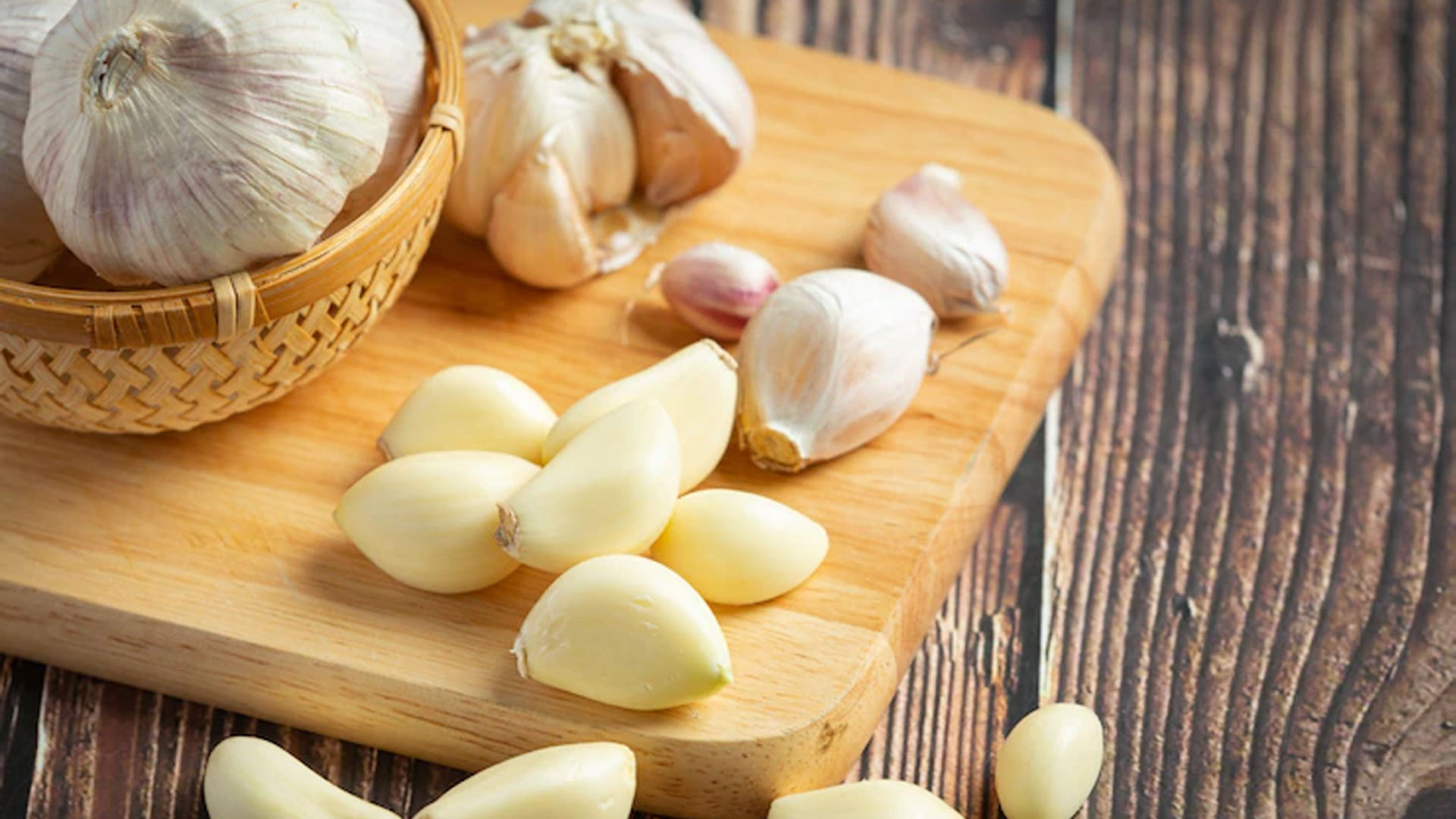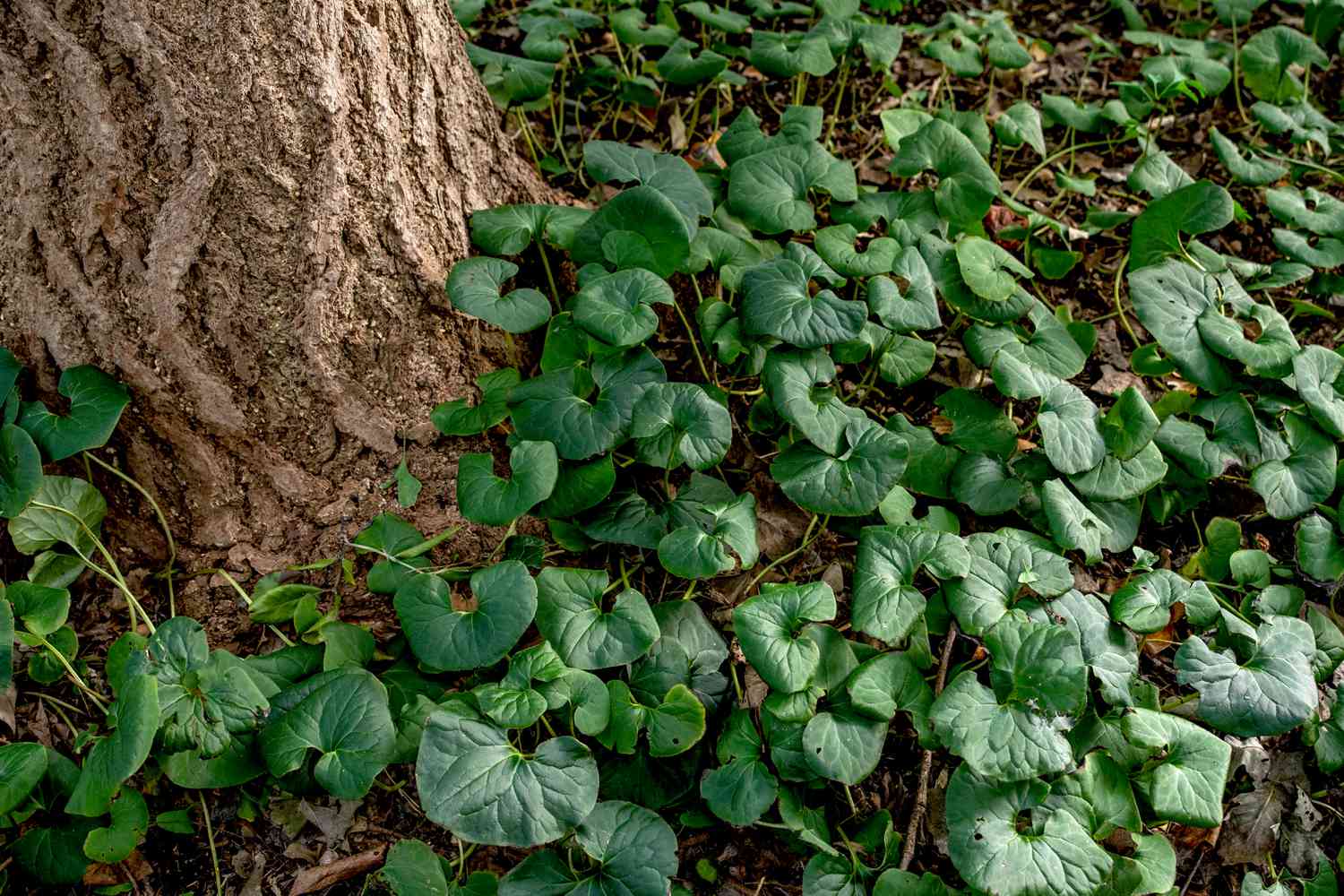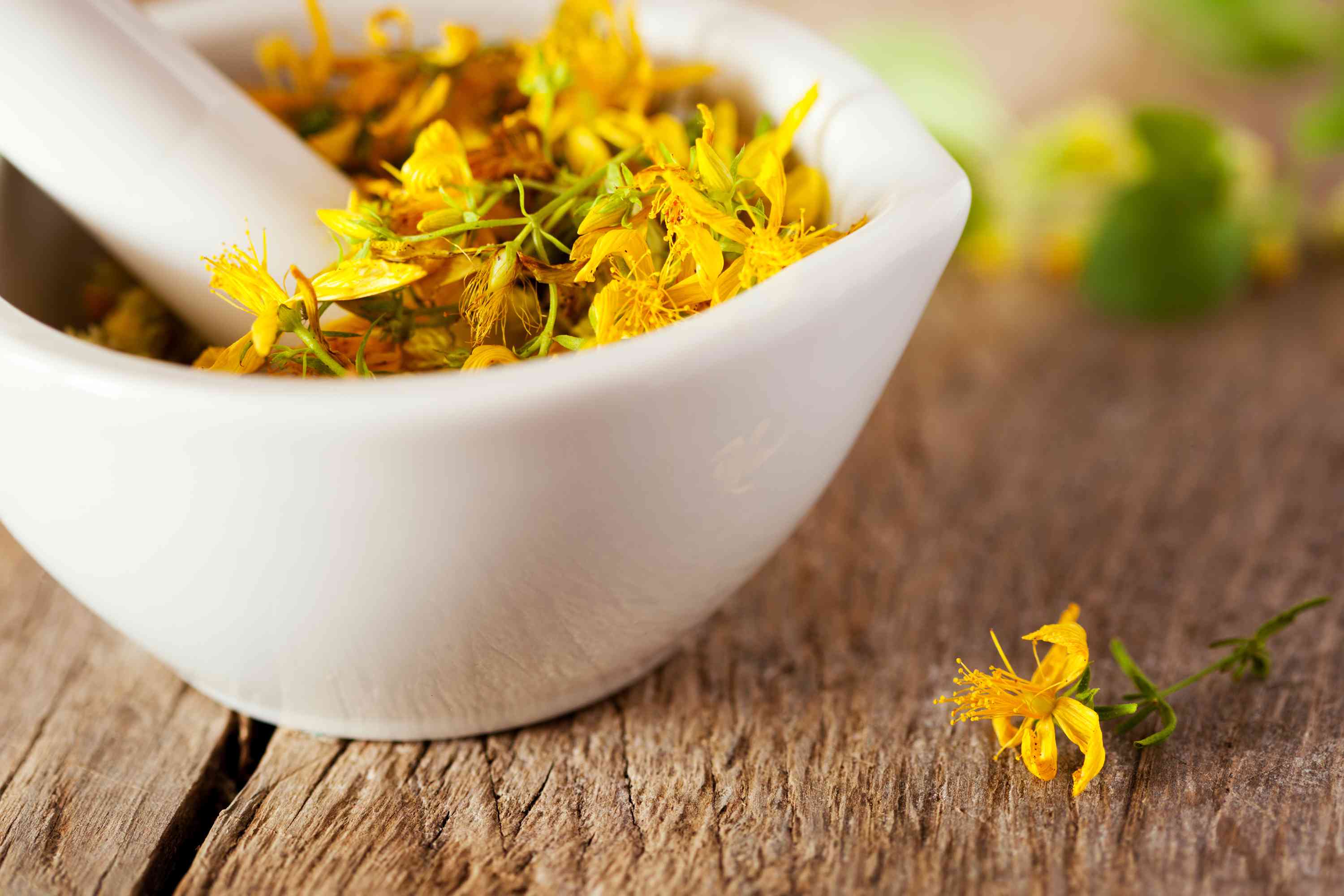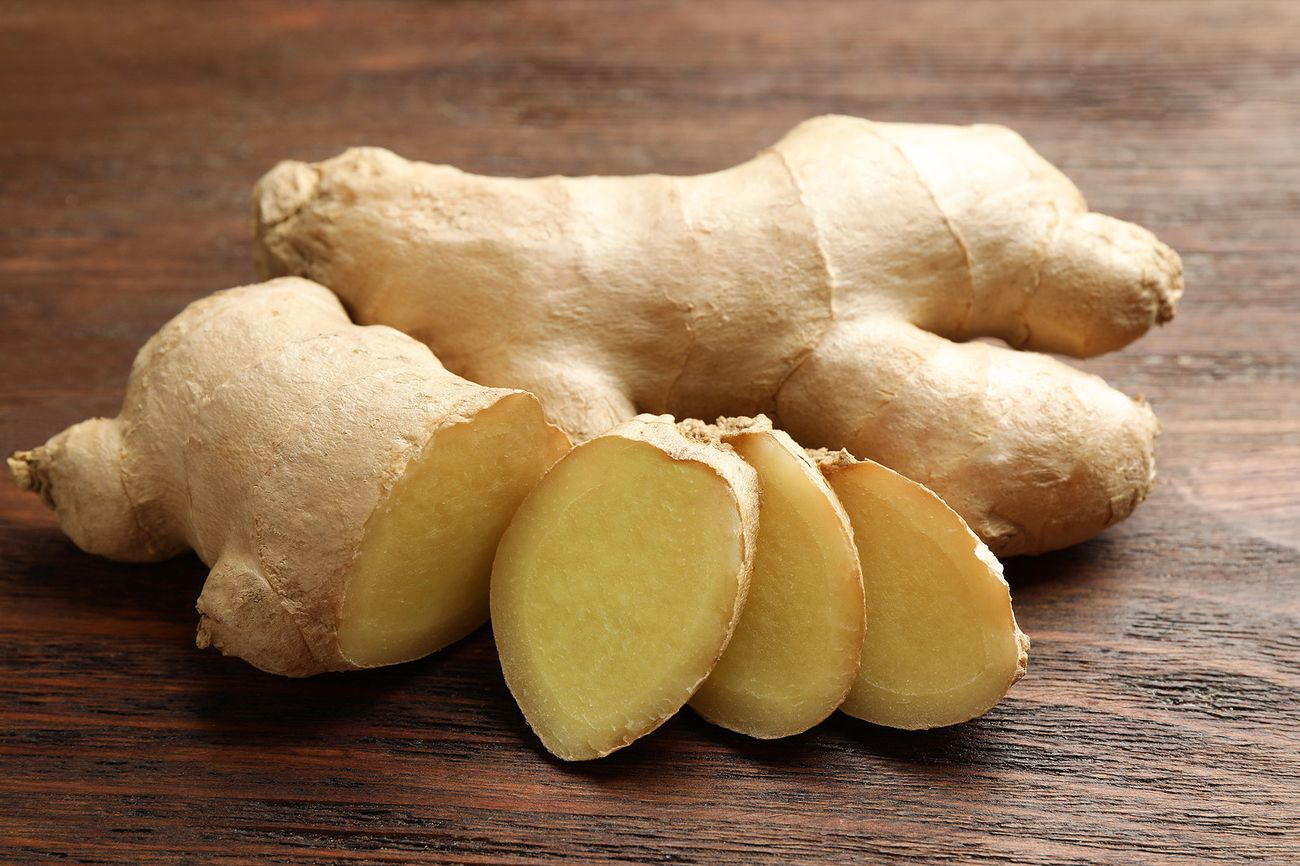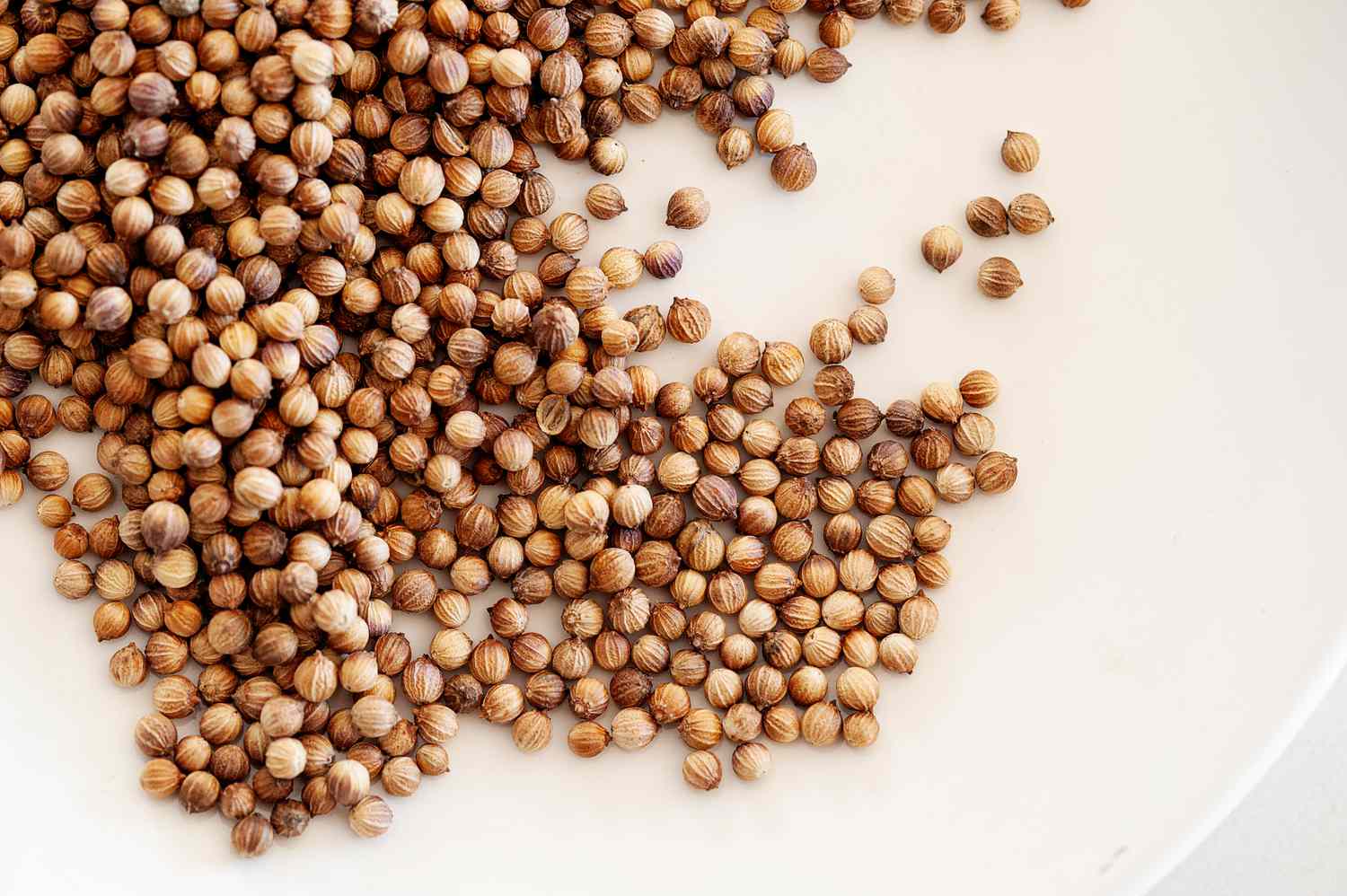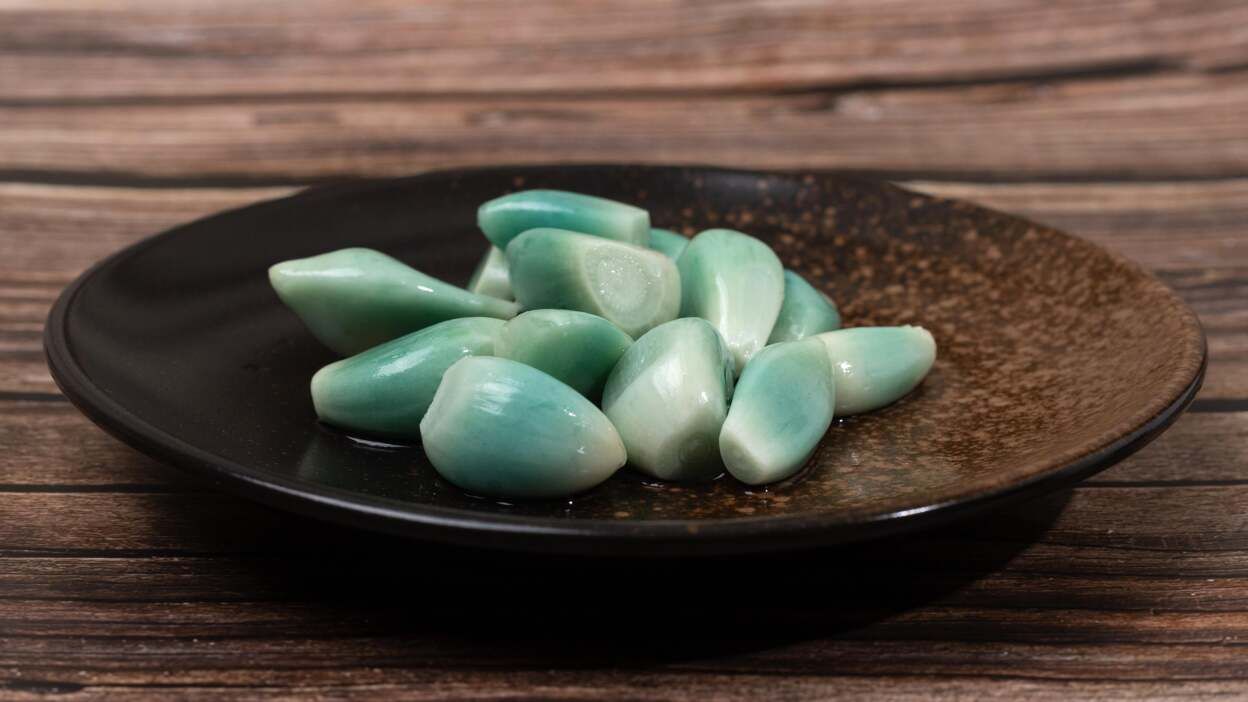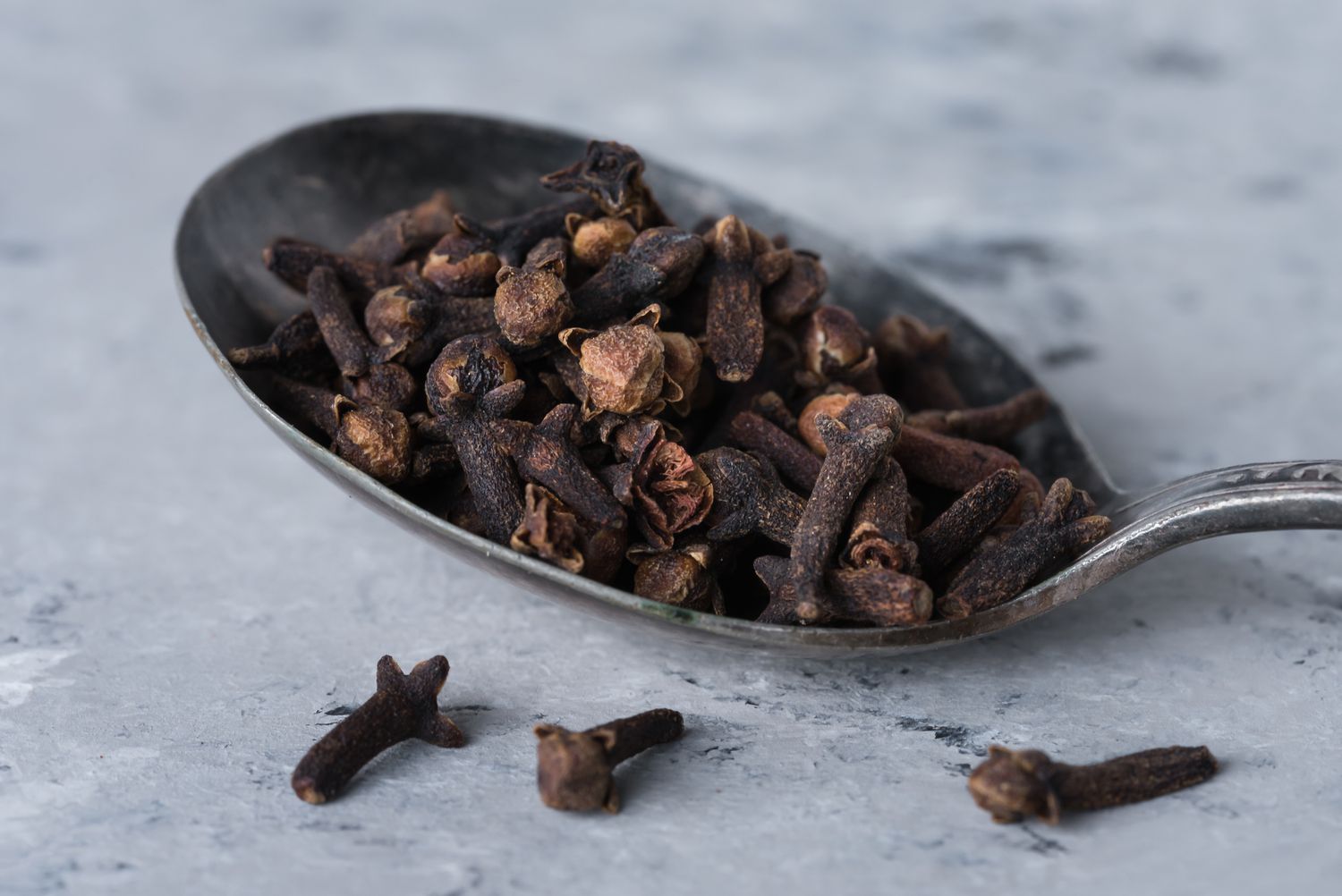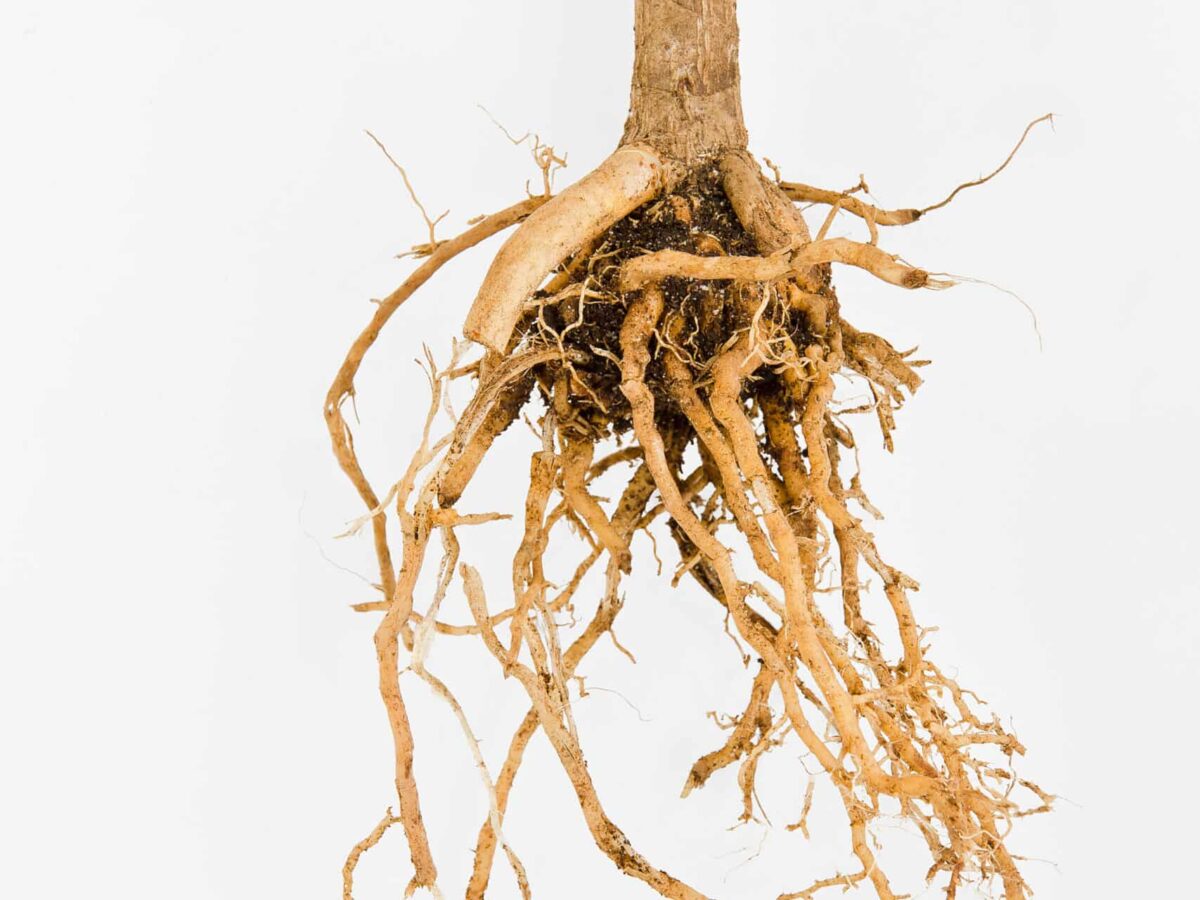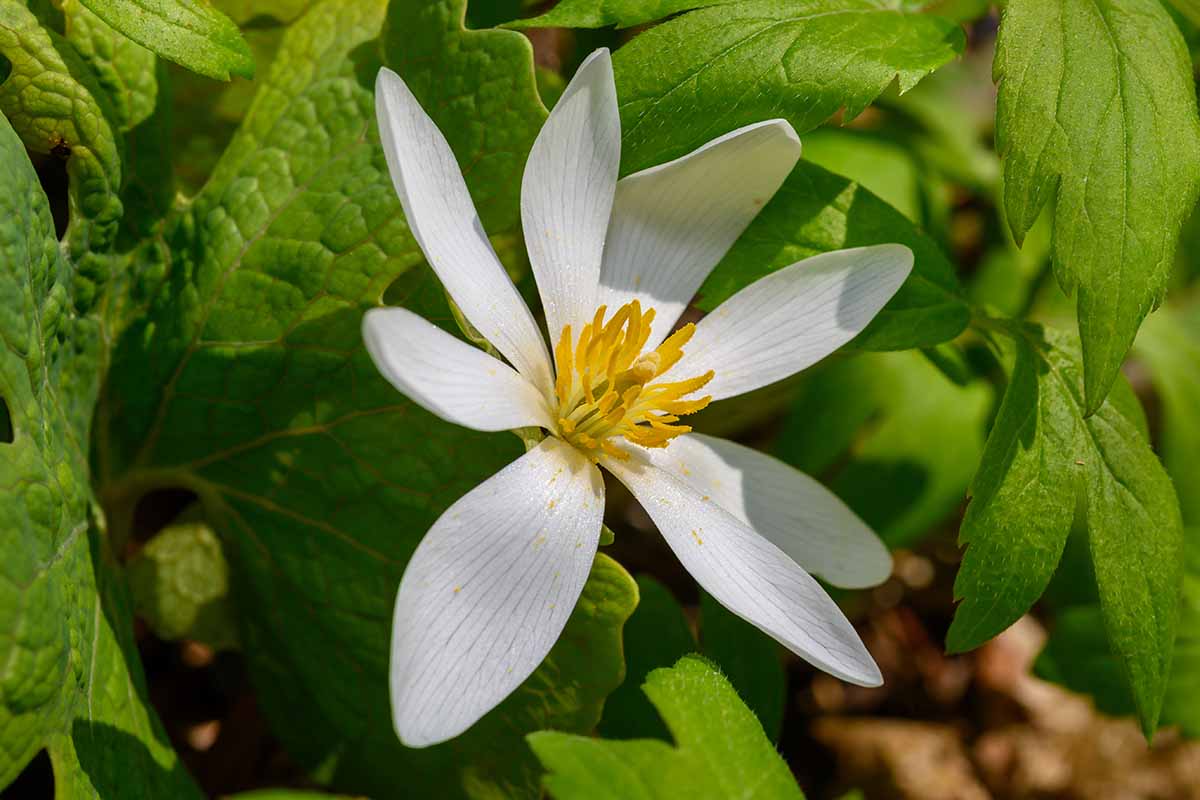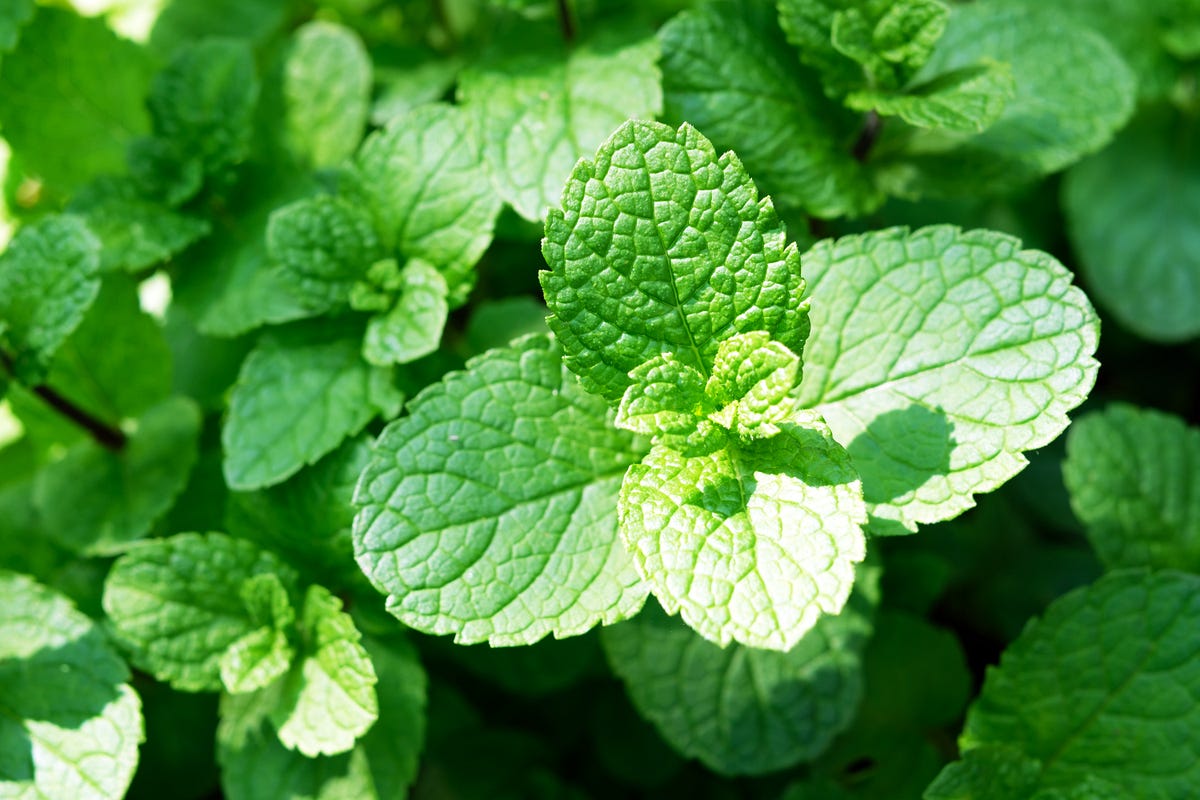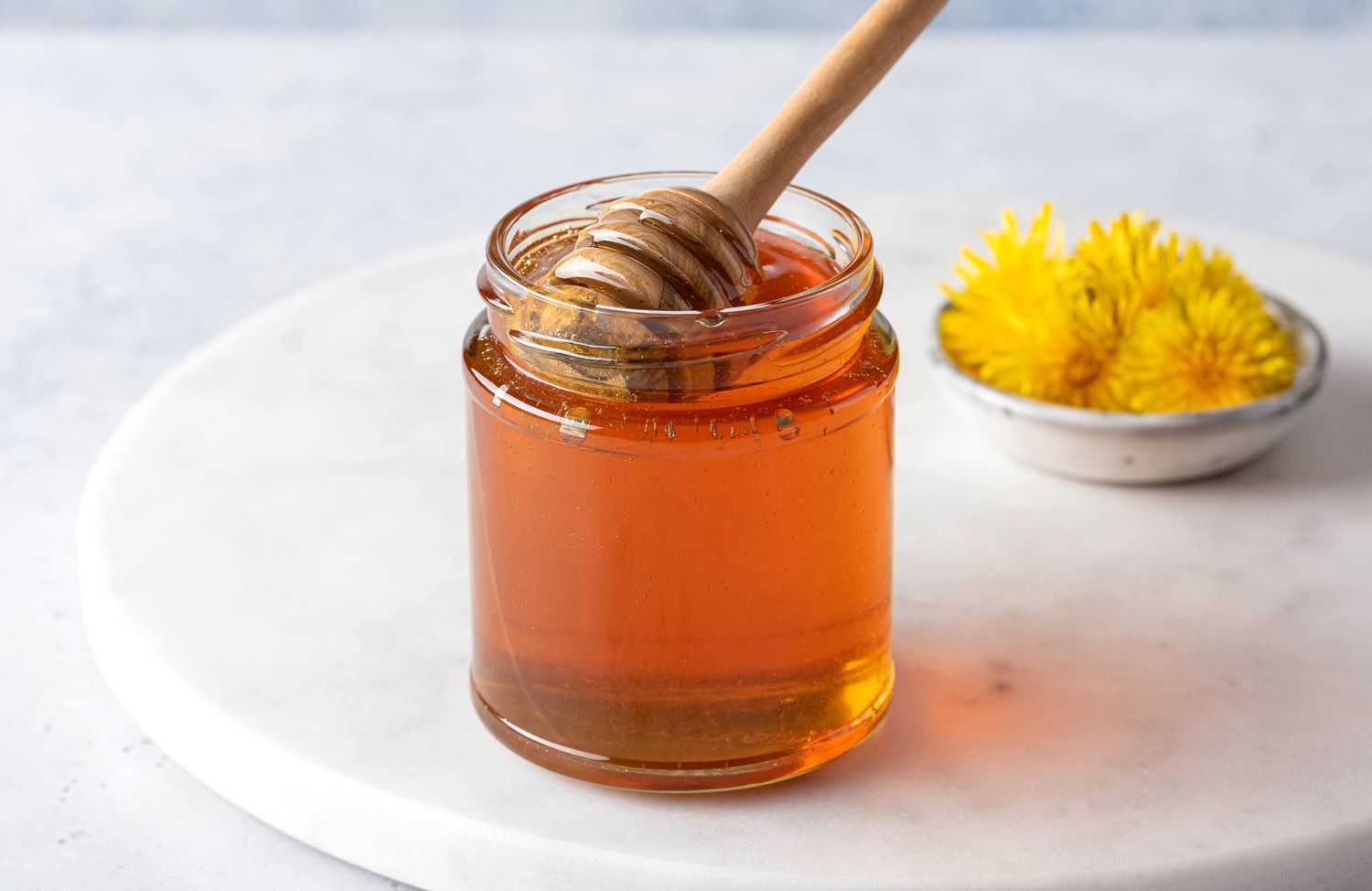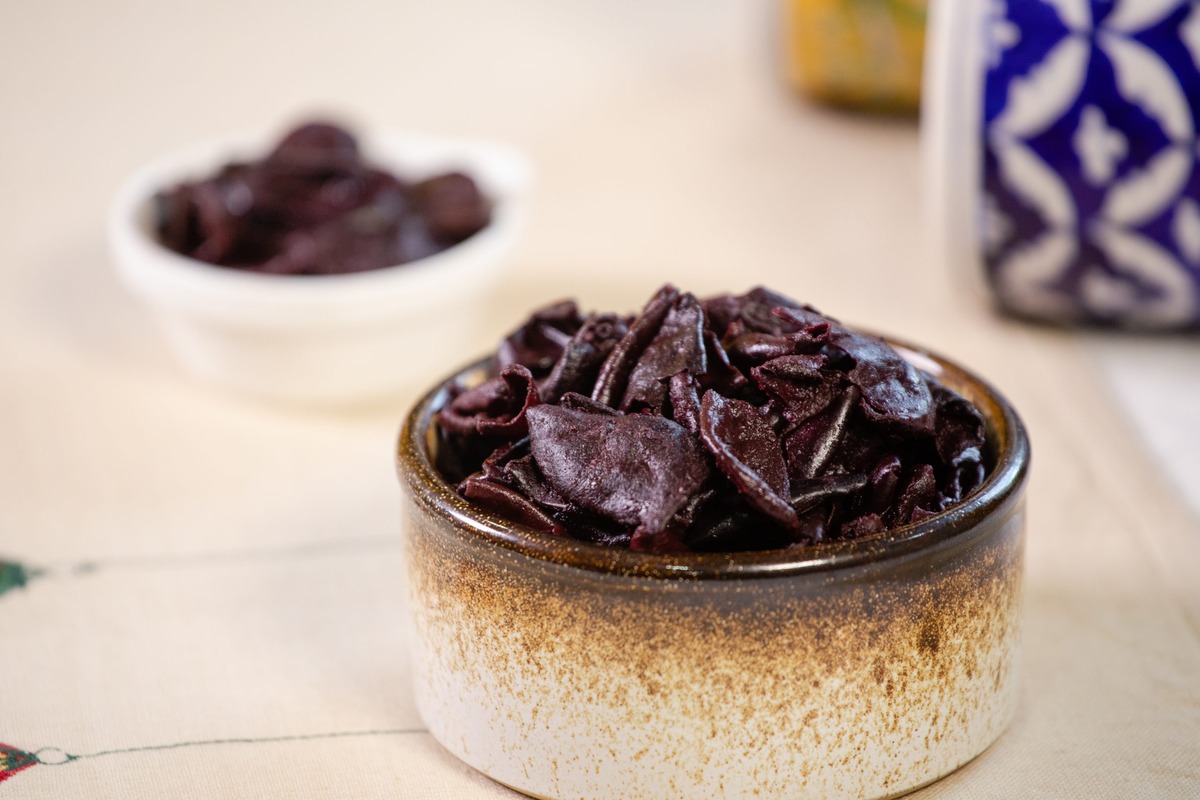Cooking with medicinal barks might sound unusual, but these natural ingredients can add unique flavors and health benefits to your dishes. From cinnamon to slippery elm, these barks have been used in traditional medicine for centuries. They can be incorporated into both sweet and savory recipes, offering a twist to your usual meals. Imagine the warm, spicy notes of cinnamon in a hearty stew or the soothing properties of slippery elm in a comforting tea. Ready to explore how these barks can transform your cooking? Let’s dive into some innovative ways to use them in your kitchen.
Essential Ingredients for Your Culinary Adventure
Innovative Ways to Cook with Medicinal Barks
-
Cinnamon Bark
- 2 sticks cinnamon
- 1 teaspoon ground cinnamon
-
Willow Bark
- 1 tablespoon dried willow bark
- 1 cup water (for tea)
-
Birch Bark
- 2 tablespoons dried birch bark
- 1 cup boiling water (for infusion)
-
Slippery Elm Bark
- 1 tablespoon powdered slippery elm bark
- 1 cup warm water (for paste)
-
Cascara Sagrada Bark
- 1 teaspoon dried cascara sagrada bark
- 1 cup water (for tea)
-
Cherry Bark
- 1 tablespoon dried cherry bark
- 1 cup boiling water (for syrup)
-
Magnolia Bark
- 1 teaspoon dried magnolia bark
- 1 cup hot water (for tea)
-
Pine Bark
- 1 tablespoon pine bark extract
- 1 cup water (for infusion)
-
Oak Bark
- 1 tablespoon dried oak bark
- 1 cup boiling water (for decoction)
-
Cedar Bark
- 1 teaspoon dried cedar bark
- 1 cup water (for tea)
The Must-Have Tools for Crafting Your Dish
Tools Needed:
- Cutting Board: For chopping and preparing ingredients.
- Sharp Knife: Essential for slicing barks and other ingredients.
- Mortar and Pestle: Crush and grind barks into fine powder.
- Spice Grinder: An alternative to mortar and pestle for finer grinding.
- Measuring Spoons: Accurate measurement of spices and barks.
- Saucepan: Cooking and simmering mixtures.
- Strainer: Removing solid particles from liquids.
- Mixing Bowls: Combining ingredients.
- Wooden Spoon: Stirring mixtures without damaging cookware.
- Tongs: Handling hot barks and ingredients.
- Cheesecloth: Straining liquids for clear broths or teas.
- Storage Jars: Keeping prepared barks and mixtures fresh.
- Thermometer: Monitoring cooking temperatures.
- Blender: Pureeing mixtures for smooth textures.
- Kitchen Scale: Weighing barks and other ingredients accurately.
- Peeler: Removing bark from trees or roots.
- Oven Mitts: Protecting hands from heat.
- Timer: Keeping track of cooking times.
Medicinal barks like cinnamon, willow, and slippery elm can enhance dishes. Use them in teas, broths, or as a spice to add unique flavors while reaping health benefits.
The Importance of Incorporating Medicinal Barks into Your Diet
Cooking with medicinal barks taps into ancient traditions, harnessing nature's pharmacy to enrich dishes with health benefits. This practice not only elevates culinary creations but also promotes wellness, intertwining flavor with therapeutic properties. Chefs and home cooks alike explore this method to introduce unique tastes and holistic elements into their meals.
Incorporating medicinal barks like cinnamon or willow into recipes offers a dual advantage: enhancing food's flavor profile while imbuing it with natural remedies. This innovative approach marries gastronomy with herbal medicine, creating dishes that soothe, heal, and delight, making every meal an opportunity for nourishment and healing.
Your Culinary Roadmap: A Step-by-Step Guide
Innovative Ways to Cook with Medicinal Barks
1. Cinnamon Bark Tea
- Ingredients: Cinnamon bark, water, honey
- Steps:
- Boil water in a pot.
- Add cinnamon bark and let it simmer for 10 minutes.
- Strain the tea into a cup.
- Sweeten with honey if desired.
2. Bay Leaf Infused Oil
- Ingredients: Bay leaves, olive oil
- Steps:
- Heat olive oil in a pan.
- Add bay leaves and let them infuse for 15 minutes.
- Remove from heat and cool.
- Strain the oil into a bottle.
3. Birch Bark Smoked Meat
- Ingredients: Birch bark, meat of choice, salt, pepper
- Steps:
- Season meat with salt and pepper.
- Place birch bark in a smoker.
- Smoke the meat over the birch bark for 2-3 hours.
4. Slippery Elm Bark Soup
- Ingredients: Slippery elm bark powder, vegetable broth, garlic, onion
- Steps:
- Sauté garlic and onion in a pot.
- Add vegetable broth and bring to a boil.
- Stir in slippery elm bark powder.
- Simmer for 20 minutes.
5. Sassafras Bark Root Beer
- Ingredients: Sassafras bark, water, sugar, yeast
- Steps:
- Boil water and add sassafras bark.
- Simmer for 30 minutes.
- Strain the liquid into a container.
- Add sugar and yeast.
- Let it ferment for 48 hours.
6. Willow Bark Marinade
- Ingredients: Willow bark, soy sauce, garlic, ginger
- Steps:
- Crush willow bark into small pieces.
- Mix with soy sauce, garlic, and ginger.
- Marinate meat or vegetables for 2 hours.
7. Cherry Bark Syrup
- Ingredients: Cherry bark, water, sugar
- Steps:
- Boil water and add cherry bark.
- Simmer for 20 minutes.
- Strain the liquid into a pot.
- Add sugar and reduce until syrupy.
8. Oak Bark Bread
- Ingredients: Oak bark flour, wheat flour, yeast, water
- Steps:
- Mix oak bark flour with wheat flour.
- Add yeast and water.
- Knead the dough and let it rise.
- Bake at 350°F for 30 minutes.
9. Pine Bark Stew
- Ingredients: Pine bark, beef, potatoes, carrots, broth
- Steps:
- Brown beef in a pot.
- Add potatoes, carrots, and broth.
- Stir in pine bark.
- Simmer for 1 hour.
10. Cacao Bark Hot Chocolate
- Ingredients: Cacao bark, milk, sugar, vanilla
- Steps:
- Heat milk in a pot.
- Add cacao bark and let it infuse for 10 minutes.
- Strain the milk into a cup.
- Sweeten with sugar and vanilla.
Bringing Medicinal Barks to Your Kitchen
Cooking with medicinal barks can transform your dishes into flavorful, health-boosting meals. Whether you're using cinnamon for its sweet warmth, willow bark for its subtle bitterness, or sassafras for its unique zest, these natural ingredients offer both taste and wellness benefits. Experiment with different barks in soups, stews, teas, and even desserts. Remember to source them from reputable suppliers to ensure quality and safety. By incorporating these barks into your cooking, you not only enhance your culinary repertoire but also tap into centuries-old traditions of natural healing. So, next time you're in the kitchen, reach for some medicinal bark and see how it can elevate your dishes. Happy cooking!
All Your Questions Answered
What are medicinal barks?
Medicinal barks come from trees like cinnamon, willow, and birch. They’re used for their health benefits and unique flavors in cooking.
How do I use cinnamon bark in cooking?
Cinnamon bark can be added to stews, curries, and desserts. Just break a stick into smaller pieces and let it simmer with your dish.
Can I use willow bark in recipes?
Willow bark is more for teas and infusions due to its bitter taste. It’s great for making a soothing tea by steeping it in hot water.
What’s the best way to store medicinal barks?
Keep medicinal barks in an airtight container in a cool, dark place. This helps preserve their flavor and medicinal properties.
Are there any safety tips for using medicinal barks?
Always use medicinal barks in moderation. Some, like willow bark, can have strong effects. Consult a healthcare provider if unsure.
Can I make a spice blend with medicinal barks?
Absolutely! Mix cinnamon, clove, and nutmeg for a warming spice blend. Use it in baking or sprinkle on oatmeal.
What dishes pair well with birch bark?
Birch bark has a mild, wintergreen flavor. It’s perfect for infusing syrups, making teas, or adding a unique twist to marinades.
